How To Get The Camera Filter?
In the age of social media and digital photography, camera filters have become an essential tool for both amateur and professional photographers. These filters can dramatically enhance the quality of your photos, adding a creative touch that can make your images stand out. Whether you're looking to improve your selfies, capture stunning landscapes, or create artistic effects, understanding how to get and use camera filters is crucial. This article will guide you through the various types of camera filters, where to find them, and how to use them effectively.
Understanding Camera Filters
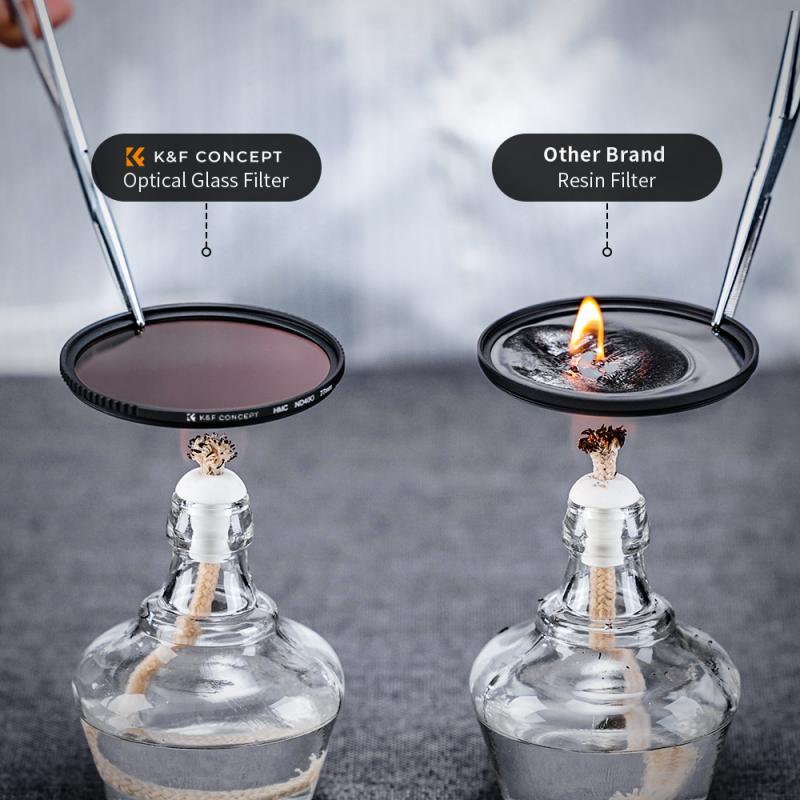
Camera filters come in various types, each serving a different purpose. Here are some of the most common types:
1. UV Filters: These are primarily used to protect the camera lens from dust, dirt, and scratches. They also reduce the haziness caused by ultraviolet light.
2. Polarizing Filters: These filters are used to reduce reflections and glare from surfaces like water and glass. They also enhance the colors and contrast in your photos.
3. ND (Neutral Density) Filters: These filters reduce the amount of light entering the lens, allowing for longer exposure times. They are ideal for capturing motion blur in waterfalls or creating a shallow depth of field in bright conditions.
4. Graduated ND Filters: These are similar to ND filters but have a gradient that transitions from dark to clear. They are perfect for balancing the exposure in scenes with a bright sky and a darker foreground.
5. Color Filters: These filters add a tint to your photos, enhancing or altering the colors. They are often used in black and white photography to create different shades of gray.
6. Special Effects Filters: These include filters that create starbursts, soft focus, or other artistic effects.
Where to Get Camera Filters
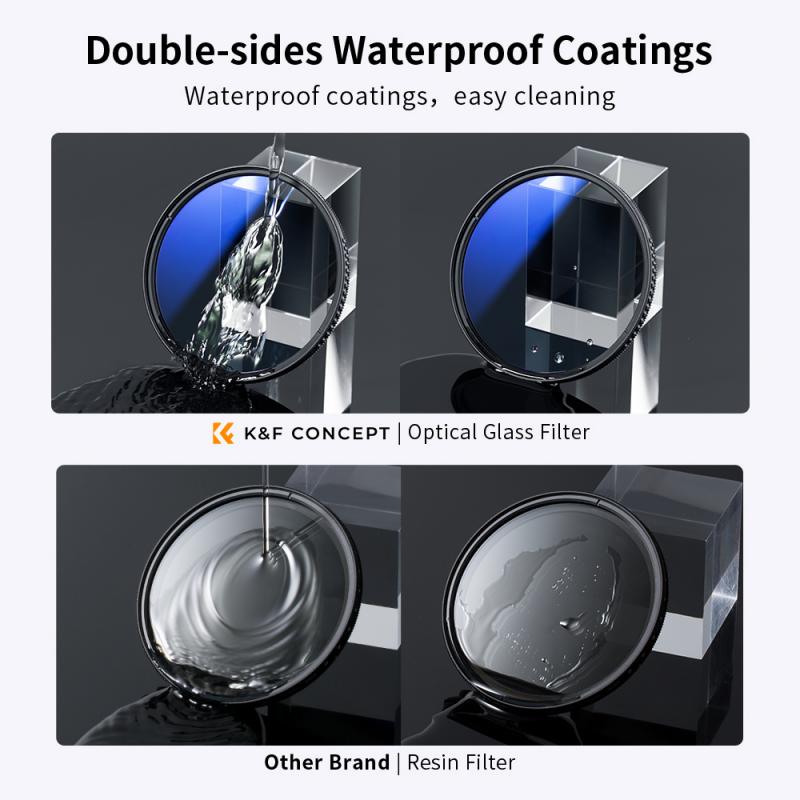
Now that you know the types of filters available, the next step is to find them. Here are some common places to get camera filters:
1. Online Retailers: Websites like Amazon, B&H Photo, and Adorama offer a wide range of camera filters. You can read reviews, compare prices, and find filters that fit your specific camera model.
2. Camera Stores: Local camera stores often have a selection of filters. The advantage of buying from a physical store is that you can see the filters in person and get advice from knowledgeable staff.
3. Second-Hand Marketplaces: Websites like eBay and Craigslist can be good places to find used filters at a lower price. Just be sure to check the condition of the filters before purchasing.
4. Manufacturer Websites: Many camera and lens manufacturers sell filters directly through their websites. This can be a good option if you're looking for filters that are specifically designed for your camera model.
How to Use Camera Filters
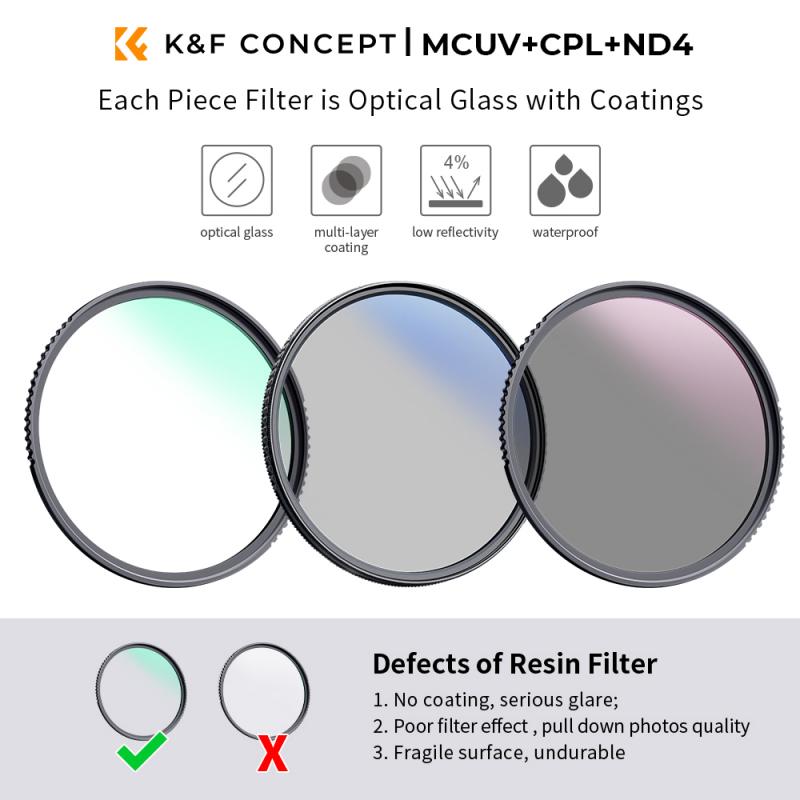
Once you have your filters, it's important to know how to use them effectively. Here are some tips for getting the most out of your camera filters:
1. Attach the Filter Properly: Most filters screw onto the front of your camera lens. Make sure the filter is securely attached to avoid any damage to your lens or filter.
2. Adjust Settings Accordingly: Using a filter can affect the exposure settings of your camera. For example, an ND filter will require a longer exposure time, while a polarizing filter may require a wider aperture. Be prepared to adjust your camera settings accordingly.
3. Experiment with Angles: For filters like polarizers, the angle at which you shoot can affect the final image. Experiment with different angles to see how the filter changes the look of your photo.
4. Stack Filters Carefully: If you're using multiple filters at once, be cautious about stacking them. Too many filters can cause vignetting (darkening of the corners) or reduce the overall image quality.
5. Clean Your Filters Regularly: Dust and smudges on your filters can affect the quality of your photos. Use a microfiber cloth and lens cleaning solution to keep your filters clean.
Practical Applications of Camera Filters
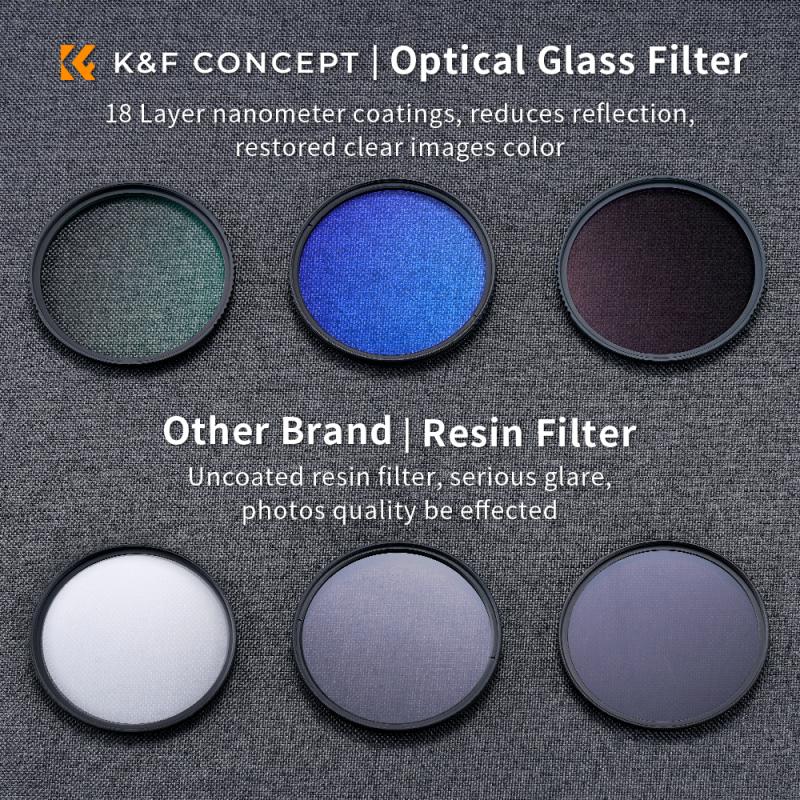
Understanding the practical applications of camera filters can help you decide which ones to invest in. Here are some common scenarios where filters can make a significant difference:
1. Landscape Photography: ND and graduated ND filters are invaluable for landscape photographers. They allow you to capture the movement of clouds, water, and other elements, creating a dynamic and visually appealing image.
2. Portrait Photography: Soft focus filters can add a dreamy, ethereal quality to your portraits. They soften the skin and reduce the appearance of blemishes, making your subjects look their best.
3. Street Photography: Polarizing filters can reduce reflections from windows and other surfaces, allowing you to capture clear, vibrant images in urban environments.
4. Black and White Photography: Color filters can be used to manipulate the contrast and tones in black and white photos. For example, a red filter can make the sky appear darker, creating a more dramatic effect.
5. Astrophotography: Light pollution filters can help reduce the glare from artificial lights, allowing you to capture clearer images of the night sky.
Camera filters are a powerful tool for photographers looking to enhance their images. By understanding the different types of filters, where to find them, and how to use them effectively, you can take your photography to the next level. Whether you're capturing landscapes, portraits, or street scenes, the right filter can make all the difference. So, invest in a few good filters, experiment with different techniques, and watch as your photos transform from ordinary to extraordinary.






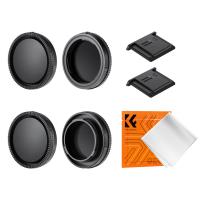
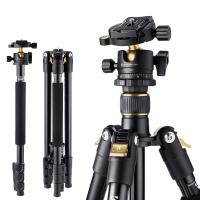

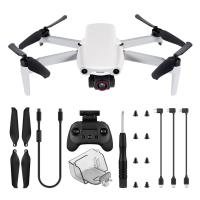
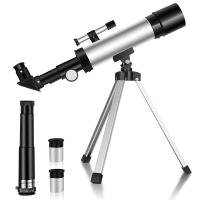


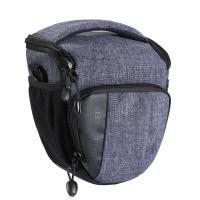
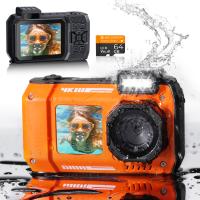



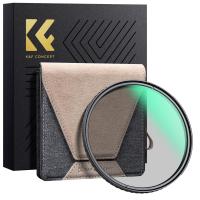
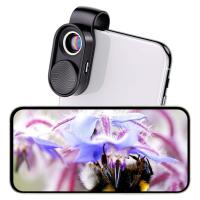
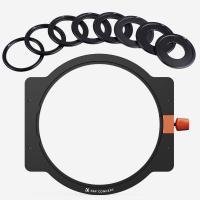
-200x200.jpg)
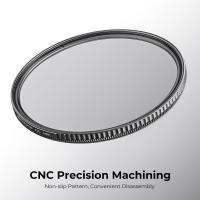
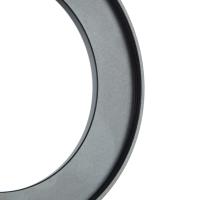
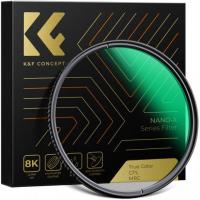
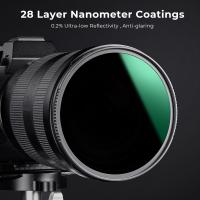


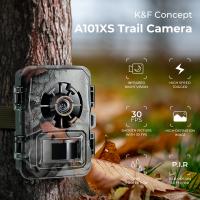

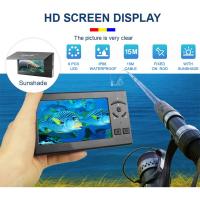

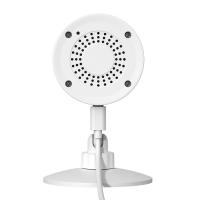

-200x200.jpg)
